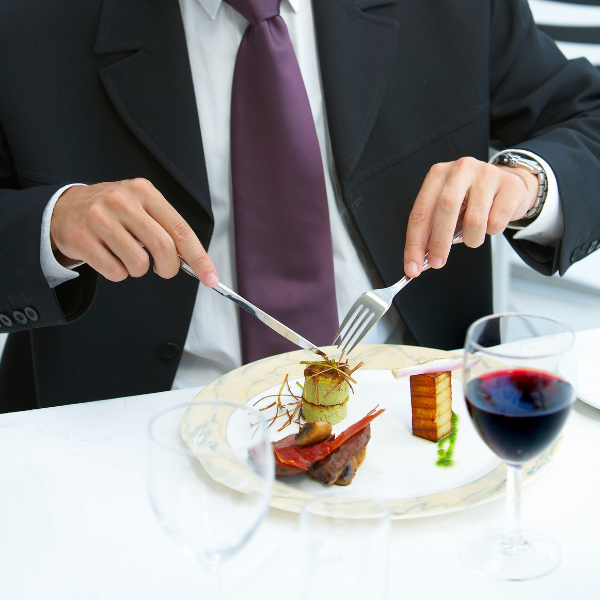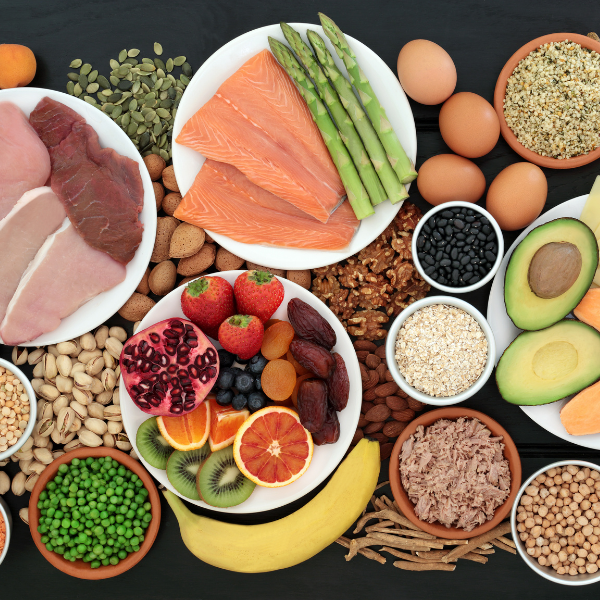Sushi is an art form that requires precision and attention to detail, starting from the preparation stage. As an avid sushi lover, having the right tools is essential to create the perfect rolls. Among these tools, a high-quality cutting board plays a crucial role in ensuring your sushi prep is seamless and enjoyable. In this article, we will explore the best cutting boards and consider factors like material, size, durability, and hygiene. So let's dive in and find the ideal cutting board to enhance your sushi-making skills!
Wood Cutting Boards
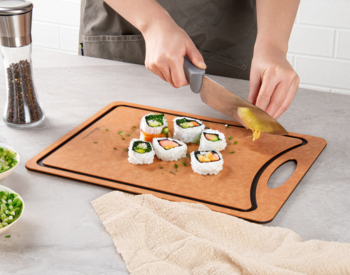
Wood cutting boards, particularly those made from high-quality hardwoods, are revered by chefs and cooking enthusiasts for their natural beauty, durability, and functionality. When it comes to preparing sushi, wood cutting boards offer several advantages that make them a popular choice among sushi chefs. Let's explore why wood cutting boards are a fantastic option for sushi preparation:
-
Gentle on knives: One of the primary benefits of wood cutting boards is their knife-friendly surface. The natural resilience and slight softness of wood help to preserve the sharpness of your knives, reducing wear and tear on the blade edges. This is especially important when working with delicate sushi ingredients that require precise and clean cuts.
-
Natural antimicrobial properties: Certain types of wood possess natural antimicrobial properties that inhibit the growth of bacteria. These properties make wood cutting boards inherently more hygienic compared to other materials. However, it's important to note that regular cleaning and proper maintenance are still essential to ensure food safety.
-
Aesthetic appeal: Wood cutting boards bring a touch of elegance and warmth to your sushi preparation area. They add a natural and rustic charm that can enhance the overall aesthetic of your kitchen. With their unique grain patterns and varying shades, wood cutting boards can be a beautiful addition to your culinary tools.
-
Self-healing surface: Wood has the remarkable ability to heal itself to some extent. Minor knife marks or scratches on the surface of a wood cutting board can gradually close up over time, reducing the risk of food particles getting trapped in crevices. However, it's crucial to maintain and regularly oil your wood cutting board to keep it in top condition.
-
Durability and longevity: Well-crafted wood cutting boards can last for many years with proper care. Hardwoods like maple, walnut, or cherry are known for their exceptional durability, ensuring that your wood cutting board will withstand the rigors of daily sushi preparation. Regular oiling and periodic sanding can help maintain the board's integrity and prolong its lifespan.
Important Considerations
To ensure the best performance and longevity of a wood cutting board for sushi preparation, keep the following considerations in mind:
-
Type of wood: Choose hardwoods like maple, walnut, cherry, or teak for their density and durability. Avoid softer woods that may be prone to excessive wear and knife marks.
-
Size and thickness: Opt for a size that accommodates your sushi preparation needs and fits well on your countertop. A thickness of at least 1 inch provides stability and longevity.
-
Maintenance: Proper maintenance is essential to keep your wood cutting board in optimal condition. Regularly clean it with mild soap and warm water, and dry it thoroughly after each use. Apply food-grade mineral oil or beeswax regularly to nourish and protect the wood.
-
Dedicated use: Consider designating your wood cutting board exclusively for sushi preparation to avoid cross-contamination from other food ingredients.
Plastic Cutting Boards
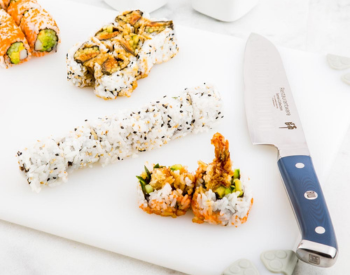
Plastic cutting boards have gained popularity in kitchens and commercial settings alike due to their practicality, affordability, and ease of maintenance. When it comes to sushi preparation, plastic cutting boards offer specific advantages that make them a preferred choice for many sushi enthusiasts. Let's explore the benefits of using plastic cutting boards for sushi:
-
Hygiene and safety: One of the key advantages of plastic cutting boards is their ability to be easily cleaned and sanitized. Plastic is non-porous, which means it doesn't absorb moisture, odors, or bacteria as easily as other materials. This makes plastic cutting boards more hygienic, reducing the risk of cross-contamination between different sushi ingredients.
-
Knife-friendly surface: Plastic cutting boards are designed to be gentle on knives. They have a softer surface compared to harder materials like glass or stone, which helps to maintain the sharpness of your knives while preparing sushi. This is particularly important when working with delicate fish and precise cuts.
-
Color-coded options: Many plastic cutting boards are available in different colors, allowing you to designate specific boards for different ingredients. This color-coded system helps prevent cross-contamination by assigning a specific board for fish, another for vegetables, and so on. This is especially crucial when handling raw fish during sushi preparation to ensure food safety.
-
Lightweight and portable: Plastic cutting boards are lightweight, making them easy to move around the kitchen and store when not in use. This portability is advantageous for those who have limited counter space or prefer to use multiple cutting boards during the sushi-making process.
-
Durability and cost-effectiveness: Plastic cutting boards are known for their durability, with the ability to withstand regular use and frequent cleaning without showing signs of wear. They are also relatively inexpensive compared to other materials, making them an affordable option for both home cooks and professional sushi chefs.
Important Considerations
While plastic cutting boards offer many benefits for sushi preparation, it's important to keep the following considerations in mind:
-
Quality and thickness: Choose high-quality plastic cutting boards made from materials like high-density polyethylene (HDPE) or polypropylene (PP). Opt for a thickness that provides stability and durability during use.
-
Knife marks and wear: Over time, plastic cutting boards may develop deep knife marks that can harbor bacteria. Regularly inspect your plastic cutting board for signs of wear and replace it if necessary.
-
Heat resistance: Plastic cutting boards are not heat-resistant, so avoid placing hot pots, pans, or utensils directly on them to prevent warping or melting.
-
Dishwasher-safe: Check if the plastic cutting board is dishwasher-safe. While many plastic cutting boards can be safely cleaned in the dishwasher, some may warp or degrade when exposed to high heat.
Get Slicing
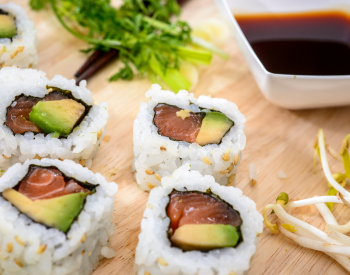
When selecting a cutting board, consider factors such as material, size, durability, and hygiene to ensure you make an informed decision. By choosing one of the best cutting boards for sushi, you'll enhance your sushi-making experience, protect your knives, and ensure the utmost cleanliness in your kitchen.
Once you've chosen your cutting board, the next step to upping your sushi game is choosing the right sushi containers for storage and delivery purposes to ensure your sushi stays fresh and appealing. Check out this comprehensive sushi container buying guide to learn more about the different types and uses.
So, go ahead and elevate your sushi-making game by choosing the perfect cutting board that suits your style and needs. With the right tools at hand, you're one step closer to creating restaurant-quality sushi in no time!


